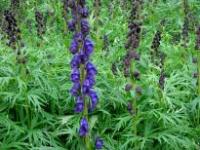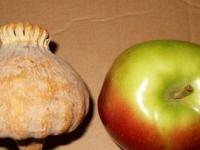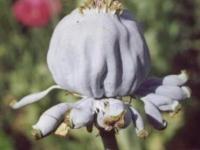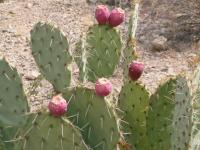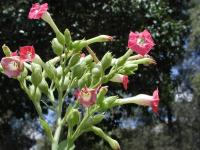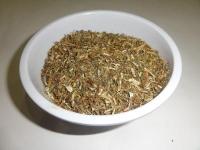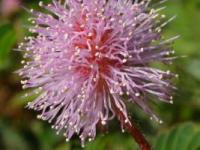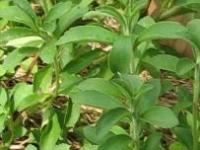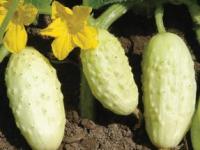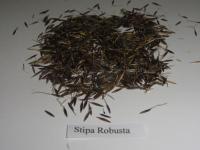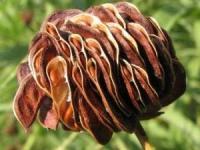Excellent flavor.
Beans are oval, large, and the 5 1/2-6" pods are mottled with red in the shell stage. Significantly earlier than others of this type. Can also be used as a dry bean. Seed is buff splashed on red or red on buff.
Growing Information:
Beans, Bush Dry
CULTURE: All varieties listed are bush types and should be planted like bush beans.
NOTE: We offer only untreated seeds. Sow when soil has warmed to at least 60°F (16°C) or risk poor germination.
DISEASES: Diseases affecting beans include blights, anthracnose, sclerotinia, and mosaic. Plant in well-drained soil, keep free of weeds, and do not handle when wet with rain or dew. Plow in all bean straw in the fall and practice a three-year crop rotation; preferably into corn or grain crops.
HARVEST: When at least 90% of leaves have fallen and pods are dry, pull plants out by the roots. Complete drying under cover if weather is wet.
THRESHING: Depending on quantity, thresh by (1) shelling pods individually, (2) holding several plants by the roots and banging back and forth inside a barrel or trash can, (3) stepping on a large, closed bag full of dry plants, (4) using a properly adjusted threshing machine.
STORAGE: Make sure beans are dry (max. 9% moisture) and then store in a cool, dry place. Freeze dry beans to control storage insect pests.
Beans are oval, large, and the 5 1/2-6" pods are mottled with red in the shell stage. Significantly earlier than others of this type. Can also be used as a dry bean. Seed is buff splashed on red or red on buff.
Growing Information:
Beans, Bush Dry
CULTURE: All varieties listed are bush types and should be planted like bush beans.
NOTE: We offer only untreated seeds. Sow when soil has warmed to at least 60°F (16°C) or risk poor germination.
DISEASES: Diseases affecting beans include blights, anthracnose, sclerotinia, and mosaic. Plant in well-drained soil, keep free of weeds, and do not handle when wet with rain or dew. Plow in all bean straw in the fall and practice a three-year crop rotation; preferably into corn or grain crops.
HARVEST: When at least 90% of leaves have fallen and pods are dry, pull plants out by the roots. Complete drying under cover if weather is wet.
THRESHING: Depending on quantity, thresh by (1) shelling pods individually, (2) holding several plants by the roots and banging back and forth inside a barrel or trash can, (3) stepping on a large, closed bag full of dry plants, (4) using a properly adjusted threshing machine.
STORAGE: Make sure beans are dry (max. 9% moisture) and then store in a cool, dry place. Freeze dry beans to control storage insect pests.
00575
Payment Methods


Shipping
$1.99
Shipping Policy
Item is shipped out within 3 business days.
Return/Exchange Policy
Exchanges are accepted but not returns.
Please Login or Register first before asking a question.





